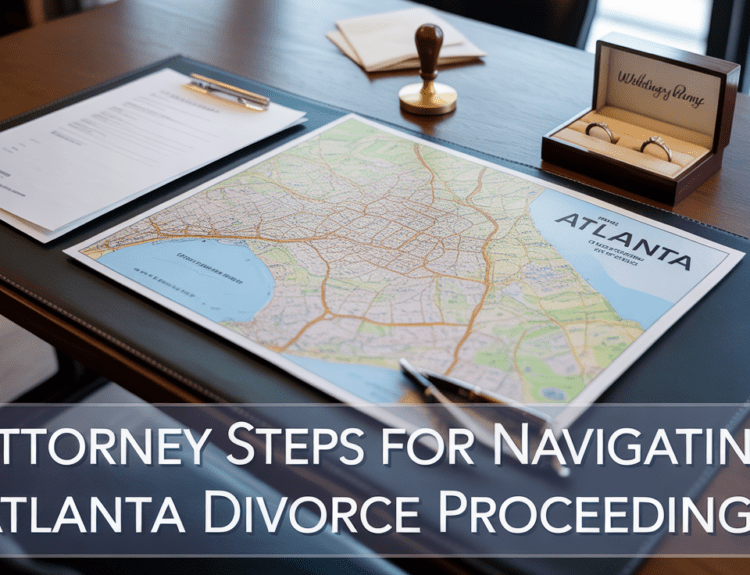If you have suffered an injury due to someone else’s actions, you may have a valid personal injury claim. However, proving negligence is essential for receiving compensation. Below are three key elements you must demonstrate to show that negligence caused your injury.
Contents
Establish a Duty of Care
The first requirement is to demonstrate that the defendant had a duty of care to you. In other words, you must show that the defendant was obligated to act in a way that avoids causing harm to you.
For example, drivers must operate vehicles safely to avoid collisions. Property owners must maintain safe conditions to prevent slip and falls. Doctors must provide proper treatment and diagnosis. Essentially, people and businesses engaging in activities that could injure others have a duty to act reasonably.
Determine Breach of Duty
Next, you need evidence showing the defendant breached their duty of care. This means their actions fell below the expected standard and did not meet their obligation to avoid causing harm.
Some examples include a driver speeding or running a red light, a store failing to clean up a spill, or a doctor misdiagnosing a condition. The breach is determined by what a reasonable person would have done in the same situation.
Prove Causation
Finally, you must demonstrate a direct link between the breach of duty and your injury. For instance, a driver speeding through a red light slammed into your vehicle, or a misdiagnosis led to incorrect treatment causing complications.
Causation must be proven on a balance of probabilities. Essentially, you need to show that if not for the defendant’s negligent actions, you would not have suffered the injury.
The Role of Evidence
Solid evidence is vital for proving negligence. Police reports, medical records, eyewitness statements, video surveillance, expert testimony, and other documentation can help demonstrate the duty owed, breach, and causation. Bill Allen, a personal injury attorney in Gainesville, FL, suggests having photographs of injuries or accident scenes to provide additional invaluable visual evidence. Furthermore, consulting a personal injury law firm early on can help ensure the necessary evidence is preserved.
Common Examples of Negligence Claims
While every personal injury case has unique circumstances, some common situations where negligence must be proven include:
Motor Vehicle Accidents
Over 45,000 people were killed in auto collisions in 2022. Reckless driving such as speeding, distraction, and impairment are leading causes. Evidence like police reports can help build a negligence claim against an at-fault driver.
Medical Malpractice
From surgical errors to failure to diagnose, medical negligence impacts over 250,000 Americans each year. Expert testimony is often required to demonstrate the standard of care and how it was breached.
Slip and Fall Accidents
Poorly maintained flooring, sidewalks, stairs or ramps cause over 1 million emergency room visits annually. Photographs, invoices, policies and inspection records can reveal negligent property maintenance.
Defective Products
When a dangerous or defective product causes injury, the manufacturer may be liable. Documenting flaws and non-compliance with safety standards is key.
Proving negligence means gathering reliable evidence and working with qualified legal counsel. But successfully demonstrating the elements above can make the difference in receiving fair compensation for your injuries.




